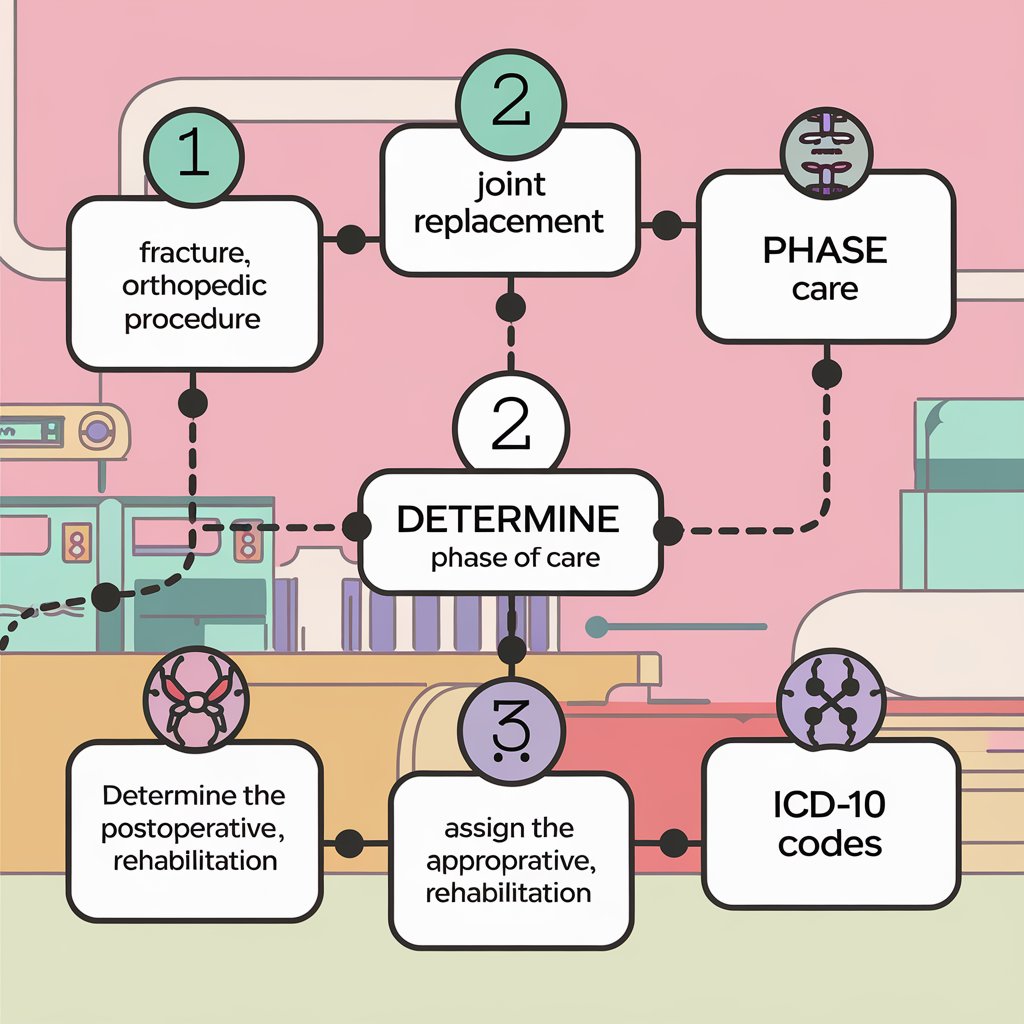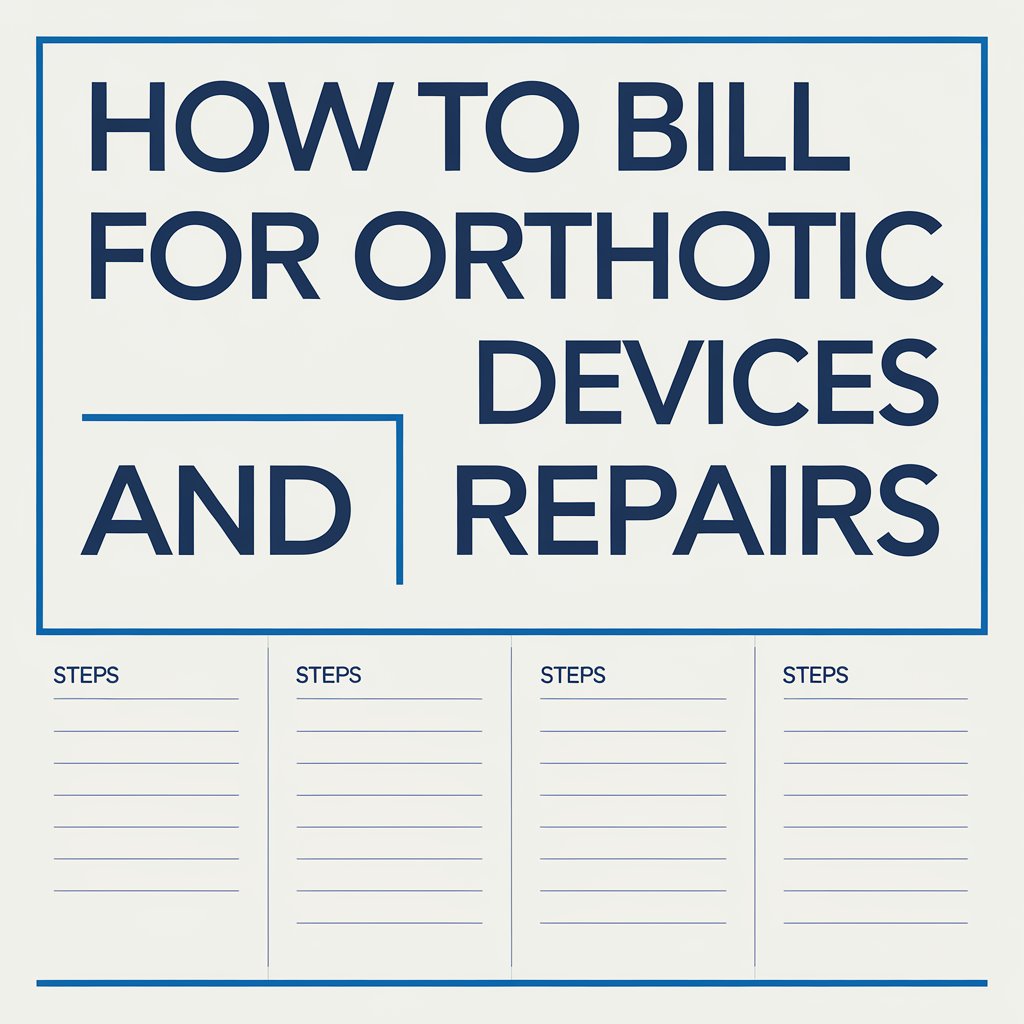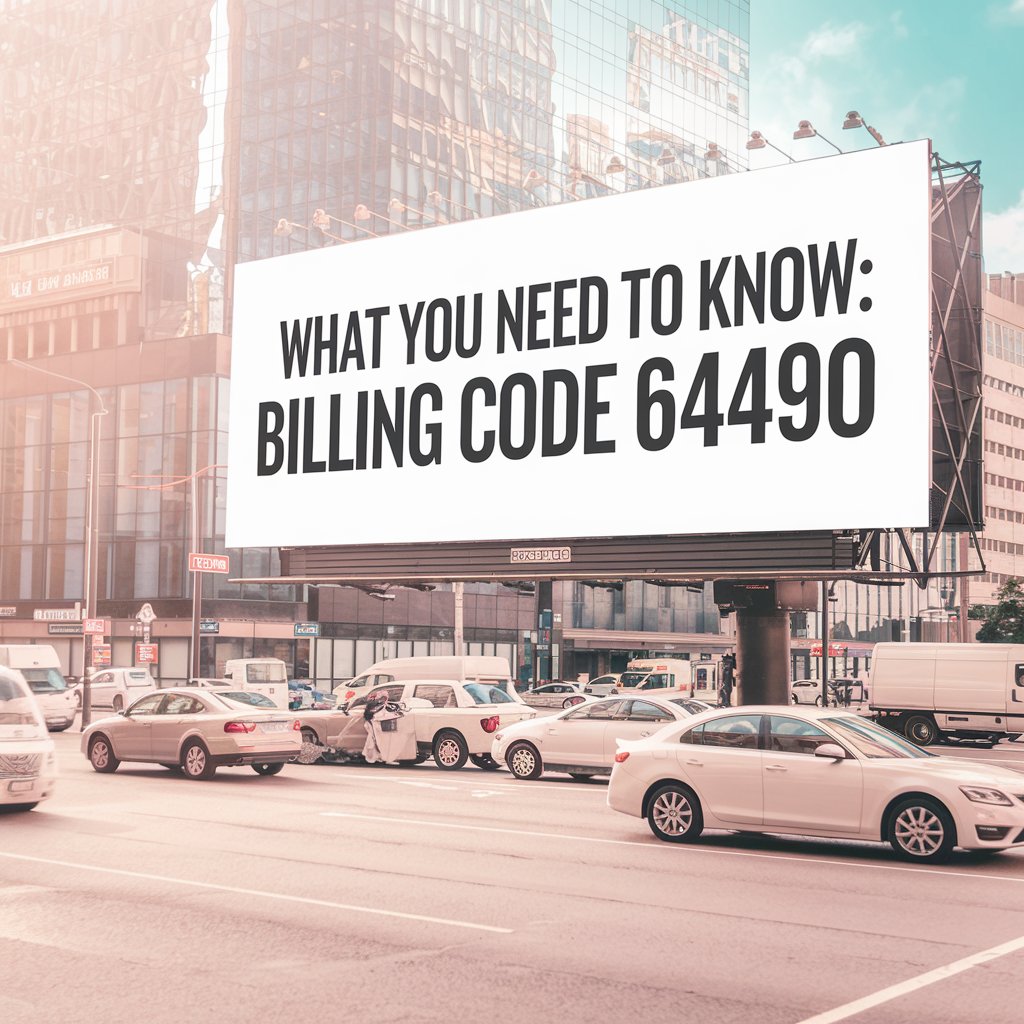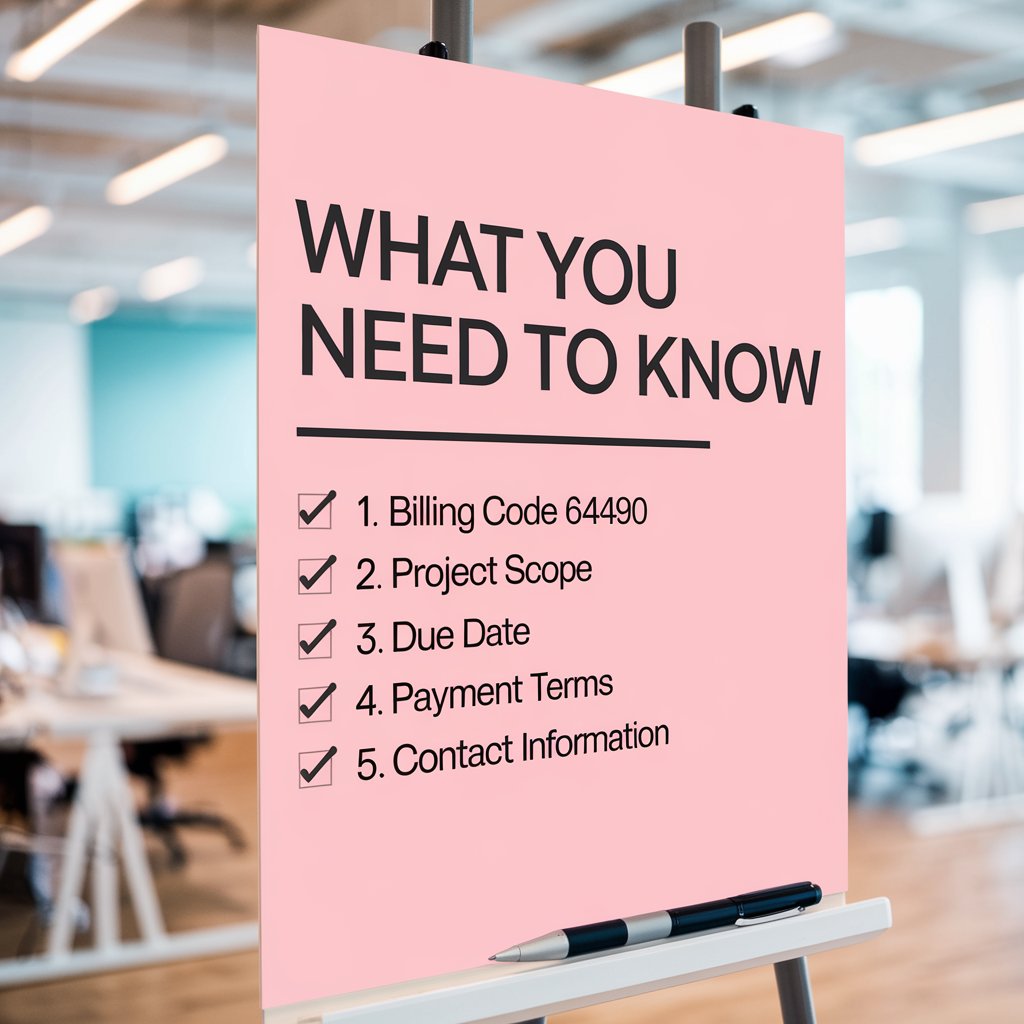
Surgery and diagnosis are not the only things where practitioners’ jobs end, aftercare after successful surgery is also vital. Providing quality care after an orthopedic procedure is a time-consuming process. However, it comes with lots of worries – ensuring accurate orthopedic medical billing and coding for aftercare services is equally important.
Improper billing for aftercare can lead to difficulty in revenue cycle management, which eventually impacts your revenue.
At EZ Settle Solutions, we know how much it is to consider aftercare in Orthopedic medical billing. Therefore, we have come up with a guide.
In this guide, we will walk you through the essential billing practices for orthopedic aftercare, so your claims are processed smoothly, and you receive the maximum reimbursement.

Orthopedic aftercare involves follow-up visits, monitoring healing, managing orthotic devices, and ensuring the patient’s full recovery. Orthopedic medical Billing for these services requires precision. Errors in coding or using outdated CPT codes can delay payments or result in claim denials. This is why it’s crucial to understand the coding requirements for every aspect of orthopedic aftercare, ensuring compliance and preventing unnecessary losses.

ICD-10 coding for orthopedic aftercare uses specific codes to reflect the phase and type of care. For acute injuries, including fractures, Chapter 19 codes permit seventh characters. When using a seventh character “D,” you are indicating that the patient is in the recovery or healing phase, signifying ongoing aftercare for the injury. Thus, it’s important to avoid pairing aftercare codes with injury codes, as this creates redundancy.
ICD-10 Z codes are used for post-operative care, chronic symptoms, surgical aftercare, and continued recovery. These codes are assigned when patients need ongoing care during their recovery. However, injury codes should not be combined with aftercare codes to avoid duplication.
Key ICD-10 Codes for Orthopedic Aftercare:
These codes allow for accurate documentation and reimbursement for orthopedic aftercare, ensuring that claims reflect the stage and nature of the patient’s recovery.
CPT codes specifically for orthopedic aftercare vary depending on the nature of the visit or treatment. For example, codes related to wound care, device adjustments, and post-operative assessments must be chosen carefully to match the services provided.
Accurate use of these codes ensures that your practice receives reimbursement for the full scope of aftercare services provided.

Orthotic devices, such as braces or supports, are often used in orthopedic aftercare to aid patient recovery.
Orthopedic medical billing for these devices, as well as any repairs, requires careful attention to detail.
Ensure there’s a valid prescription for new orthotic devices or repairs.
Accurate HCPCS coding is essential for orthotic billing. Use specific codes for the device or repair service.
For Example
L4205: Repair of orthotic device, labor component, per 15 minutes.
Use L4210 for minor replacement parts (e.g., screws, straps) with side modifiers (RT, LT) and RB (replacement part) as required.
Replacement is covered for loss, theft, or disasters, not wear and tear. Documentation should include circumstances, a new physician order, and an RA modifier to denote replacement.
Use modifiers to clarify the service:
Modifier Accuracy is essential to avoid claim denials.
Include a detailed repair description, factory invoices, and a Certificate of Medical Necessity (CMN) if necessary.
Submit claims using the CMS-1500 form, ensuring all details are complete and accurate.
Medicare covers repairs essential for functionality, not luxury upgrades or costly repairs.
Each step ensures accurate Orthopedic Medical Billing and maximizes reimbursement for orthotic device services.
Avoid the hassle of orthotic billing errors. EZ Settle Solutions has specialists ready to manage your orthopedic medical billing needs. Get in touch to learn more about how we can help.
Follow-up visits are critical for monitoring recovery post-surgery. CPT codes for these visits, such as 99024, cover the patient’s follow-up care, but additional services such as x-rays, physical therapy, or new treatments may require additional codes. Ensuring that all relevant procedures are documented and billed accurately prevents revenue leakage and maximizes reimbursements.

CPT code 64490 is used for diagnostic and therapeutic nerve blocks, a procedure often needed during follow-up orthopedic aftercare to manage post-surgical pain. These facet joint injections, whether diagnostic or therapeutic, must include fluoroscopy or CT guidance, as covered in CPT codes 64490-64495. Therefore, orthopedic medical billing separate guidance codes (e.g., 77001-77003, 77012) are not permitted.
Key Guidelines:

Understanding how and when to apply this code is crucial, as it must be billed correctly to ensure reimbursement for these specialized pain management services. Detailed documentation, including the patient’s diagnosis and the necessity for nerve block treatment, helps support the claim.
Don’t let complex codes like 64490 cause delays in your orthopedic medical billing cycle. Let EZ Settle Solutions handle your orthopedic aftercare billing for faster, more accurate reimbursements.
Orthopedic aftercare billing requires expertise and precision, as small errors can lead to claim denials and lost revenue. By using the correct CPT codes, maintaining detailed documentation, and ensuring that follow-up services are properly billed, your practice can avoid these challenges. Partnering with a professional medical billing agency like EZ Settle Solutions ensures that your orthopedic medical billing is handled efficiently, so you can focus on patient care.
Ready to optimize your orthopedic aftercare billing?
Contact EZ Settle Solutions today for expert assistance and start improving your practice’s financial health!
Get started free consultation with EZ Settle Solutions!
Contact us at 346-335-4093 / info@ezsettlesolutions.com or schedule a free consultation to learn more about how we can assist you.